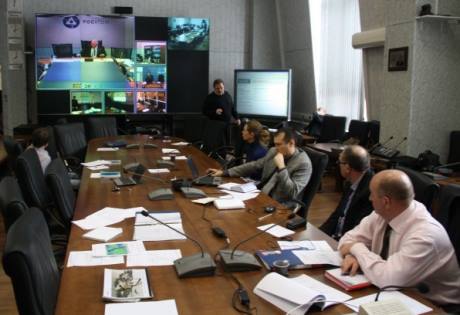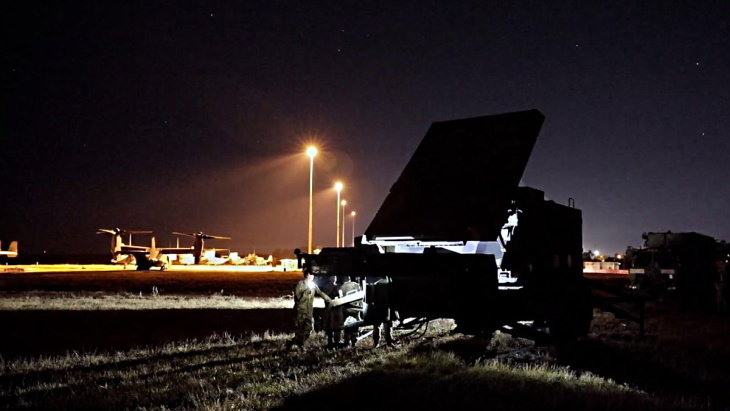A large-scale multinational response exercise has tested out the reactions of organisations and agencies in the Scandinavian-Baltic region to a hypothetical severe accident at Finland's Loviisa nuclear power plant.
 |
| Various communications channels were used at WANO's regional crisis centre (Image: WANO) |
Loviisa is required under Finnish law to carry out an exercise every three years to test its emergency plans and to practice cooperation between the relevant authorities, organisations and the power plant itself in the event of a radiation hazard. In conjunction with the plant's exercise, governmental and non-governmental agencies and organisations including radiation and nuclear safety authorities, foreign ministries and embassies across the region took part in an international exercise on cooperation and information exchange under emergency conditions.
The exercise scenario involved a simulated severe nuclear accident at Loviisa, 80km east of the Finnish capital Helsinki. Organisations including the plant's own fire brigade, local rescue and medical and emergency services, and national border guards and defence forces participated in the exercise at the plant itself, with a helicopter patrol also planned. Plant operator Fortum issued a public notification of likely traffic disruptions in the vicinity of the plant prior to the exercise.
In neighbouring Sweden, Lynn Hubbard, head of emergency preparedness and response at the Swedish Radiation Safety Authority (SSM), said that the exercise would test the organisation's capability to deal with the initial stage of a nuclear accident abroad. "A key element of the exercise is to observe how we work together and exchange information between the countries," Hubbard noted.
Denmark, Finland, Iceland, Norway, Sweden, Estonia, Latvia and Lithuania were involved in the international aspects of the exercise, with the Nordic and Baltic countries' Helsinki embassies among the participants. World Association of Nuclear Operators (WANO) staff, nuclear utilities from the eleven countries belonging to WANO's Moscow Region and numerous Russian organisations and staff participated in the exercise under the framework of the WANO Moscow Centre's regional crisis centre (RCC). In Sweden alone, some 20 authorities including around 80 individuals from SSM took part.
Tasks addressed at the WANO centre included the notification of the simulated accident to the RCC members; communication and interfaces among the RCC, the power plant itself, plant operator Fortum, the technical support centres of various Russian companies, Rosatom's situation crisis centre, and nuclear utilities; the actions of the RCC's staff; and marshalling expert assistance and engineering support in mitigating the simulated accident. The RCC received messages about the simulated accident and its progress direct from the plant, which it then processed, translated and disseminated to other participants. As part of the exercise, experts from the participating organisations provided consultative assistance in response to a simulated request from the Loviisa plant for assistance in bringing the situation back under control.
The simulated accident assumed significant core damage and multiple equipment failures at Loviisa, which is home to two Russian-designed VVER-400 pressurised water reactors. According to Rosatom, Russian specialists in the communication exercise were able to provide guidance on circumstance-appropriate actions as well as helping to forecast the likely behaviour of a radiation release, in turn allowing for appropriate measures to be taken to inform the public.
Researched and written
by World Nuclear News





_50545.jpg)
_28367.jpg)
_40405.jpg)
_76087_55556.jpg)




